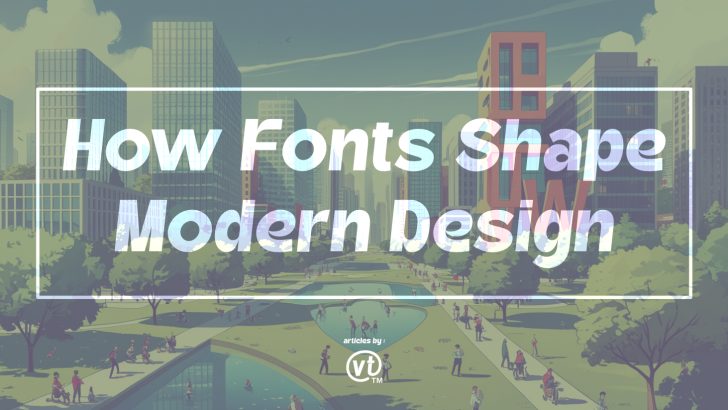Typography Trends: How Fonts Shape Modern Design
Typography is more than just selecting fonts; it’s a fundamental element that influences how people perceive and interact with your designs. In the ever-evolving world of graphic design, typography trends play a significant role in shaping modern aesthetics and visual communication. This article delves into the latest typography trends and explores how fonts contribute to the success of contemporary design.
1. The Power of Typography in Design
Typography serves as a bridge between text and visuals. It conveys tone, evokes emotions, and guides the reader through a design. Choosing the right font can enhance a message, while poor typography can detract from the overall impact.
2. Top Typography Trends in Modern Design
Let’s explore the most popular typography trends shaping the design world today:
a. Minimalist Sans-Serifs
Clean, sans-serif fonts remain a staple in modern design due to their simplicity and versatility. Fonts like Kupertino, Yanice, and Futura dominate websites, apps, and branding materials.
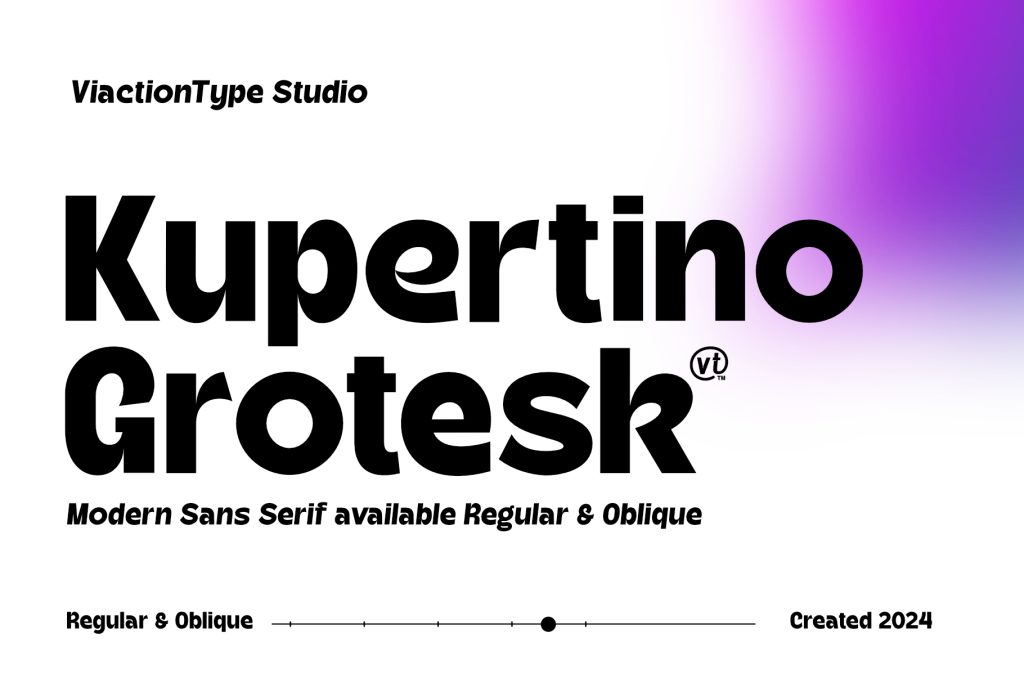
Sans Serif font by ViactionType
Why It Works:
- Creates a sleek, contemporary look.
- Enhances readability on digital screens.
b. Vintage and Retro Fonts
Designers are embracing nostalgia with vintage-inspired typefaces. Fonts with a retro flair, such as Norious, Matrole, Megar and Chiffone, evoke a sense of familiarity and charm.
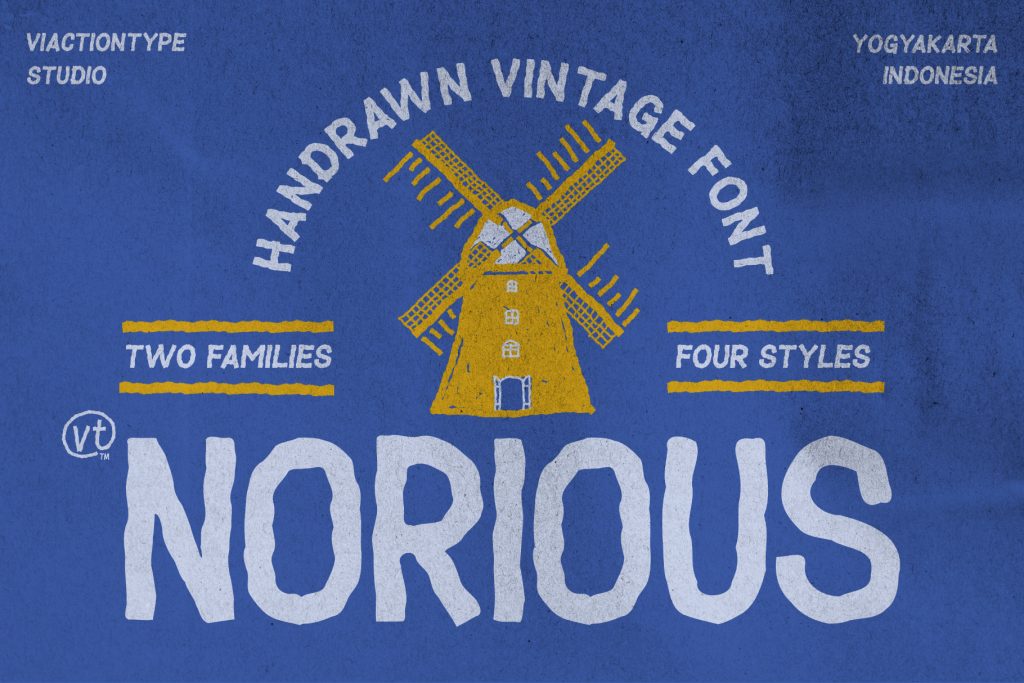
Vintage font by ViactionType
Where to Use:
- Branding for lifestyle and fashion brands.
- Posters and packaging for artisanal products.
c. Bold and Oversized Typography
Big, bold fonts grab attention and make a statement. This trend is often used in hero sections of websites or as the focal point of posters. Examples of fonts such as Medin, Krico and Epicgant, these fonts are also suitable for playful themed designs.
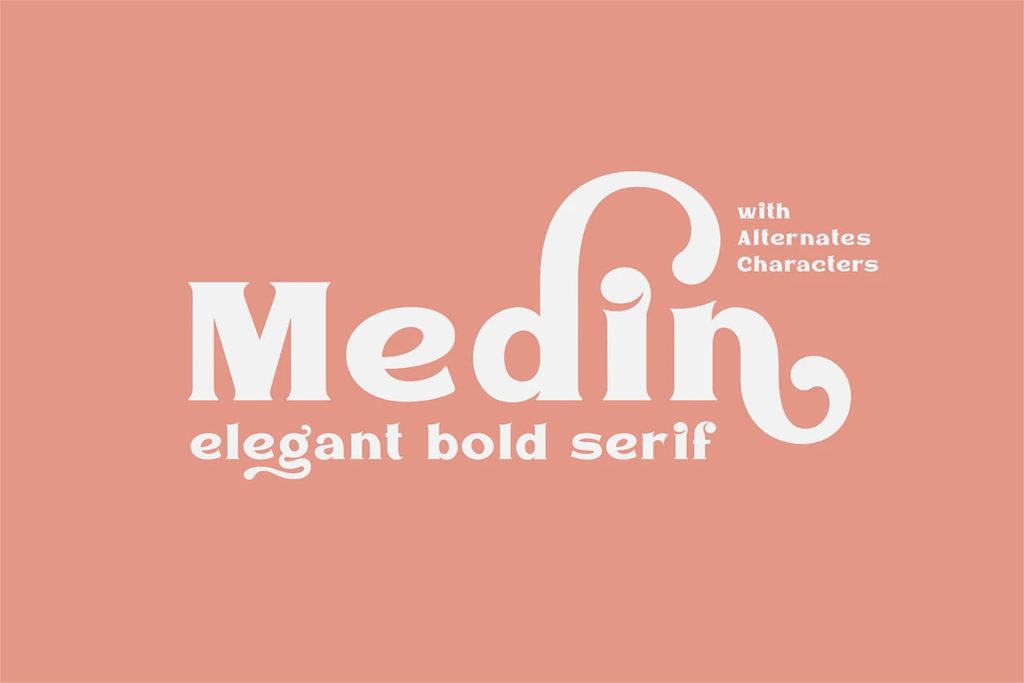
Bold font by ViactionType
Pro Tip: Pair oversized typography with minimalist backgrounds for maximum impact.
d. Handwritten and Script Fonts
Handwritten fonts add a personal, organic touch to designs. They’re widely used in wedding invitations, branding for creative businesses, and social media graphics. Some examples of script and handwritten fonts are Malonice, Talesian and Playride.

Script font by ViactionType
Examples:
- Signature-style fonts.
- Playful, casual handwriting fonts.
e. Variable Fonts
Variable fonts offer flexibility by allowing designers to adjust weight, width, and other attributes within a single font file. This adaptability makes them ideal for responsive design. Here is an example of a clean and modern variable font like Miguer dan Katl,
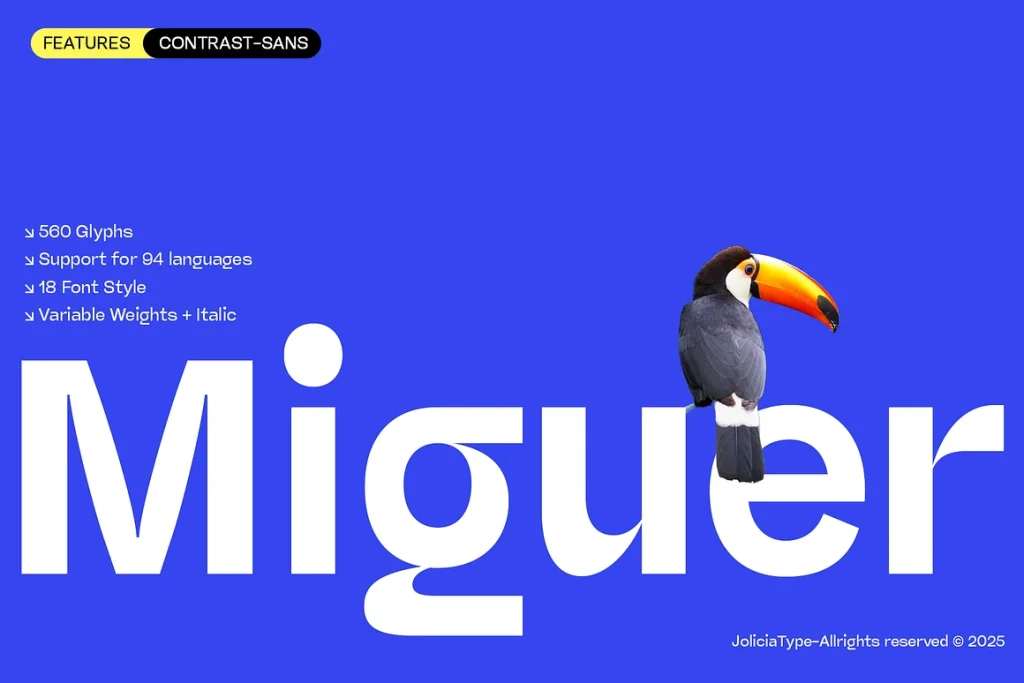
Variable font by JoliciaType
f. Experimental Typography
Breaking traditional rules, experimental typography uses unconventional layouts, distorted letters, and unique compositions to create eye-catching designs. Examples of experimental display fonts that work well in design projects include Milky Road and Salemore Longest.
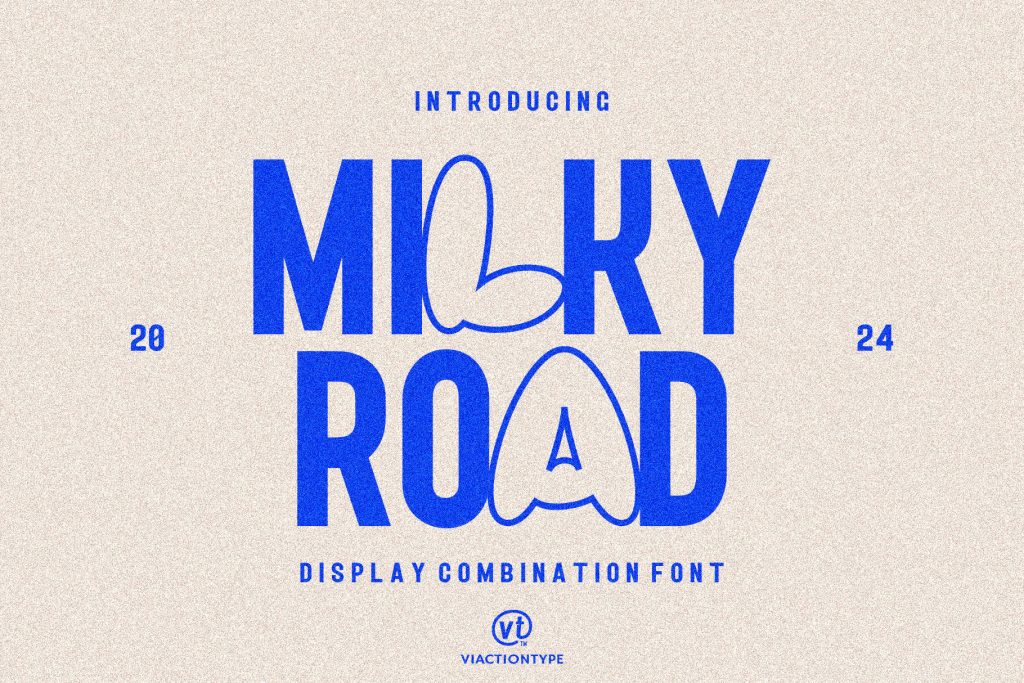
Experimental font by ViactionType
Best For:
- Creative campaigns.
- Art and music event promotions.
3. How Fonts Shape Brand Identity
Typography is integral to establishing a brand’s identity. Fonts convey emotions, values, and professionalism, which directly influence how a brand is perceived.
Case Study:
- Coca-Cola: Uses a distinctive script font to evoke tradition and nostalgia.
- Airbnb: Adopts a friendly sans-serif typeface to promote inclusivity and modernity.
4. Typography and User Experience (UX)
In digital design, typography significantly impacts usability and accessibility. Readable fonts and proper spacing ensure a seamless experience for users.
Key Considerations:
- Font size and line height for readability.
- Contrast between text and background.
- Accessibility for visually impaired users.
5. Tools and Resources for Typography
For designers looking to stay ahead of trends, here are some essential tools:
- Google Fonts: Free and versatile font library.
- ViactionType: High-quality, professional typefaces.
- Fontpair.co: Helps find complementary font combinations.
6. Staying Ahead of Typography Trends
Typography trends evolve rapidly, influenced by cultural shifts, technology, and design innovations. Staying updated ensures your designs remain relevant and impactful.
Actionable Steps:
- Follow design blogs and forums.
- Experiment with new fonts in personal projects.
- Attend typography workshops and webinars.
Conclusion
Typography trends are a reflection of the times, constantly adapting to meet the needs of modern design. Whether you’re drawn to bold statements, nostalgic styles, or cutting-edge variable fonts, understanding these trends helps create designs that resonate with audiences.
By leveraging typography strategically, you can elevate your designs, communicate effectively, and leave a lasting impression. Start exploring the latest typography trends today and watch your designs transform.
